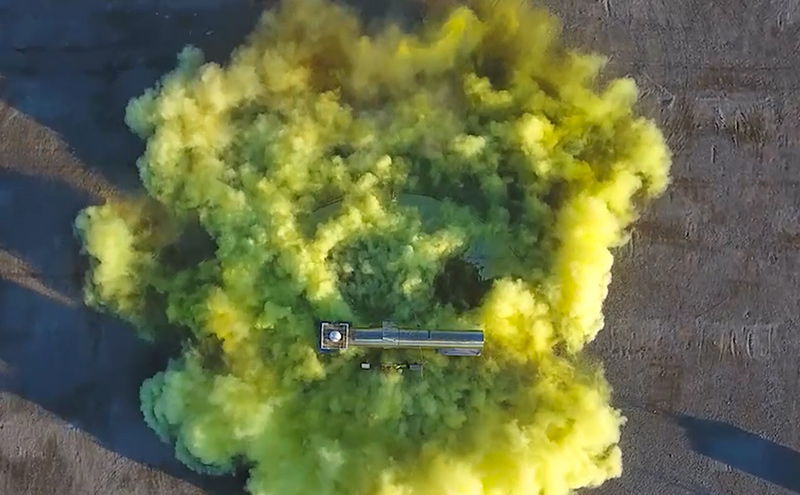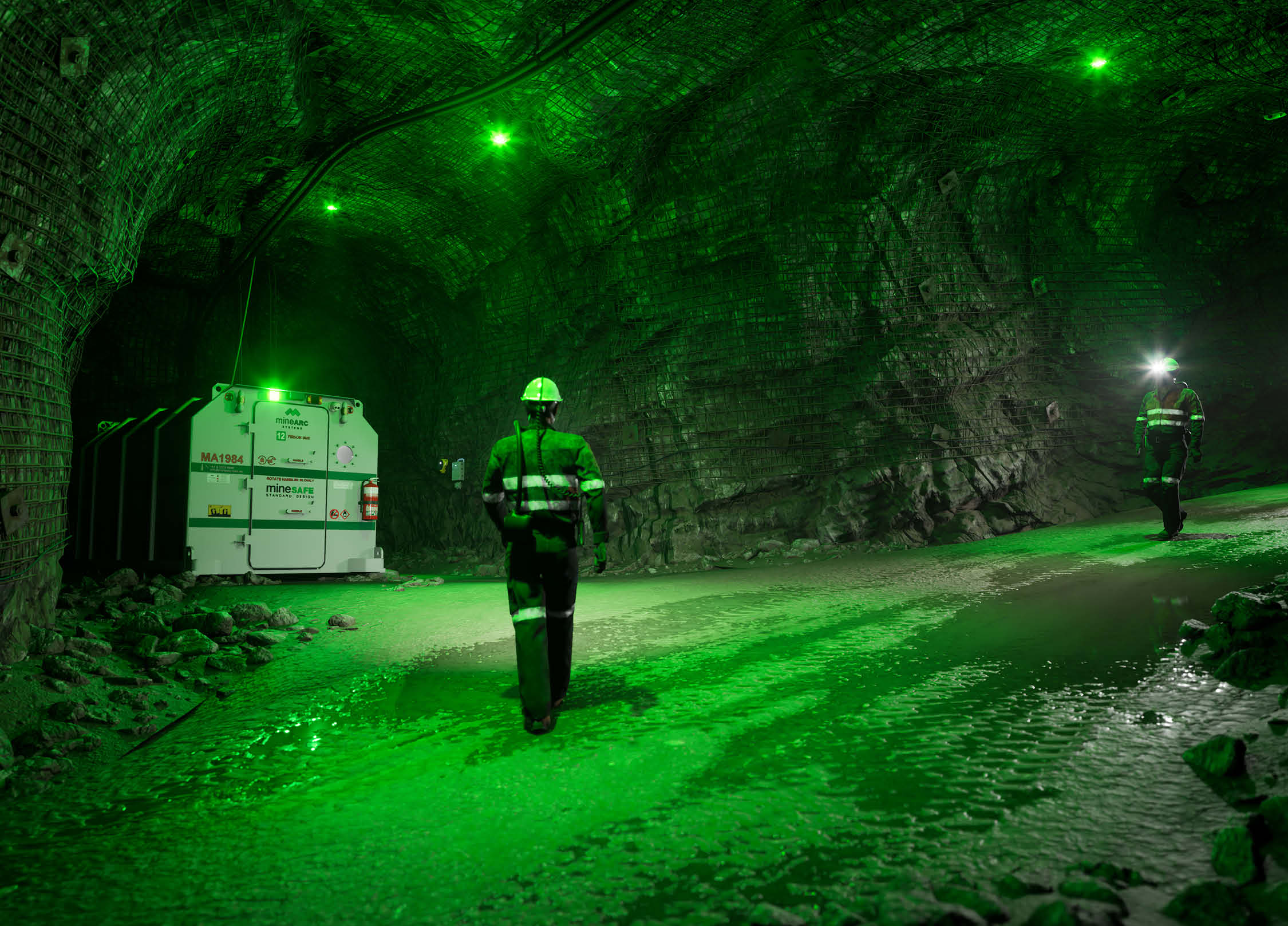Emergency response planning is designed to minimise harm to personnel, the community and the surrounding environment. Removing personnel through evacuation is not always possible. Many factors, including the lack of adequate pre-warning, will significantly impact the emergency action undertaken. As a primary means of protection, sheltering in place is the most survivable option when evacuation is not possible.
Planning for disruptions to operations and considering worst-case events is one of the most critical elements of a company’s emergency response effort. However, it is often underestimated, with the belief– it’ll never happen to us.
When seconds matter, choosing the wrong course of action during an emergency can quickly escalate from a minor incident into a major catastrophe involving loss of life. This means being prepared for any scenario.
While safety preparedness and actions continually improve, accidents still occur. Although accidents have a low statistical probability of occurring, the likelihood of harm is much greater during a maximum credible event.
Evacuation vs Shelter-In-Place (SIP): Choosing the Right Course of Action
When preventative and protective systems fail, a company’s Emergency Response Plan (ERP) must be comprehensive enough to cover an entire spectrum of emergencies and hazards.
Typical ERPs are designed around the hazards associated with fire and attempt to move people away from the affected areas by mustering in open ground, devoid of flammable materials. While this approach reduces the potential harm to personnel during a fire, when combined with, or isolated to, the loss of contained chemical, sheltering people outside significantly increases their risk of exposure to airborne hazardous substances.
The inclusion of wind direction indicators into a mustering system may assist in determining the most appropriate location to move towards. However, weather can be unpredictable, changing direction and speed. In instances where chemicals are stored under pressure or vapourise on exposure to air, plumes can travel vast distances with zero warning. Where little or no wind is present, toxic clouds can occupy large areas and remain for a considerable time before dispersing to safe levels.

"When seconds matter, choosing the wrong course of action during an emergency can quickly escalate from a minor incident into a major catastrophe."
Emergency Planning When Evacuation Is Not Possible Tweet
What Does Shelter-in-Place Mean?
Simply put, shelter-in-place means to take refuge indoors within the area you are located. During an emergency, such as a chemical release, venturing outside may lead to exposure, and as a result, sheltering in place is the safest option.
Sheltering in place is often an immediate action, requiring individuals to seek refuge within an interior room, providing some level of protection against the high concentrations associated with the initial release. Purpose-built shelter-in-place are designated as safe rooms, where building treatments are implemented to improve the sealing of the breathable environments from the outside atmosphere. These often have supplemental systems to create internal overpressure to prevent any possibility of ingress, further increasing protection from exposure.
Unless the enclosure is engineered as a safe room, additional consideration must be placed on understanding the threat of an unplanned release, at all times. A near-sealed structure, once exposed to high concentrations, will retain some level of contamination long after the plume has dispersed.
Access More Resources
Emergency Planning for a Chemical Release
The Unpredictable Nature of Chemical Plumes
The dispersal of an unplanned chemical release will vary. Chemicals travel differently through the atmosphere and can move at incredible speeds. Simulation technology can help companies predict the nature of a chemical release ensuring they are better prepared.
The duration and behaviour of a chemical plume are dependent on many factors – the product released, its chemical and physical properties, the volume released, ambient temperature, time of day, relative humidity, wind direction and speed, terrain, natural and urban barriers and environmental sorption factors such as dense and sparse foliage.
Additionally, how the chemical mixes with the atmosphere and its density will cause the plume to create micro-conditions. Referred to as buoyant turbulence, it indicates notable differences in how chemicals travel in across seasons and times of the day.1
Industry Research into Chemical Plume Behaviour
A 2017 study analysed the behaviour of a catastrophic release of Toxic Inhalation Hazard (TIH) materials, specifically chlorine and ammonia. Notable differences in the plumes movements in varied conditions are being used to aid the development of emergency planning and response, including evacuation and shelter-in-place. 2
TRIAL 9: Aerial View- Plume Behavior 180 Degrees Down 20 Tons
Source: Final Report: The Jack Rabbit II Project’s Impacts on Emergency Responders, www.uvu.edu/esa/jackrabbit/
Neighbouring Chemical Hazards
Chemical companies, or those operating within proximity to them, should establish a robust risk-assessed framework, with specific actions for both evacuation and SIP responses. Plans should be heavily scrutinised, tested and refined to ensure all personnel are protected in any scenario.
Residents and local businesses should refer to government emergency departments for more in-depth information regarding the potential hazards in their area.
Preparation, planning, and conducting drills are critical to how personnel react in an emergency. Understanding the impact and behaviours of a mass release of hazardous materials can help companies better prepare. This recognition will impact future planning, a re-examination of ERP and response to incidents. The reality is, safeguards may fail, and if they do are you and your staff ready?
References
- University of Texas at Austin “Researchers develop tools to predict the dispersal of chemical plumes, pollutants” Phys Org 2018 https://phys.org/news/2018-08-tools-dispersal-chemical-plumes-pollutants.html
- Utah Valley University “Final Report: The Jack Rabbit II Project’s Impacts on Emergency Responders” 2017 https://www.uvu.edu/esa/jackrabbit/







